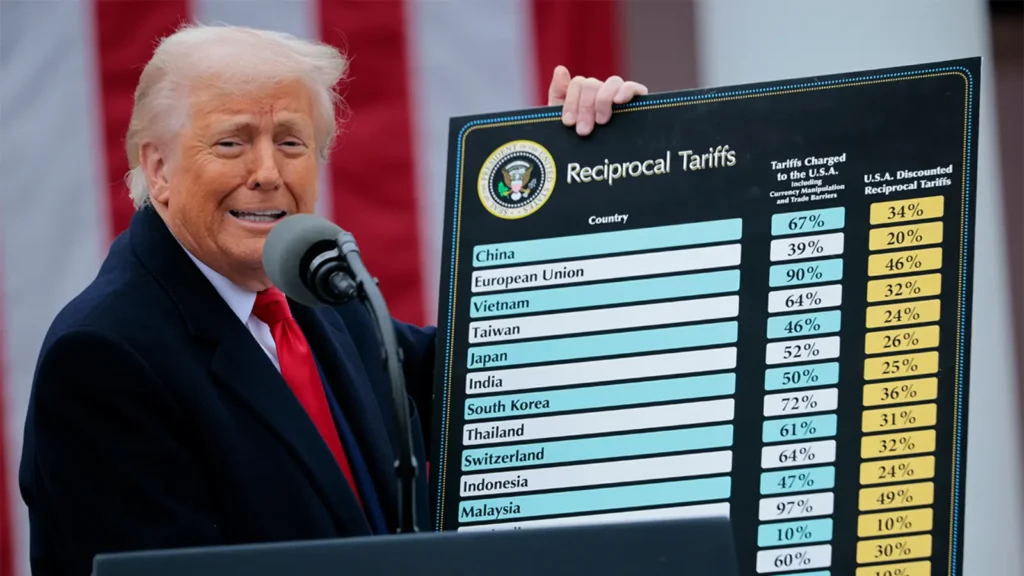Introduction
Donald Trump’s administration (2017–2021) is well-known for its aggressive tariff policies, particularly aimed at China, the European Union, Mexico, and Canada. These tariffs were intended to protect American industries, reduce trade deficits, and bring jobs back to the U.S. economy.
But their effects were complex, with winners, losers, and unintended consequences. Here’s a detailed look at the good, the bad, and the ugly sides of Trump’s tariffs.

The Good: Intended Wins
1. Protecting Domestic Industries
- Tariffs on imported steel and aluminum aimed to revive the U.S. manufacturing sector.
- American steel mills and aluminum producers saw short-term revenue growth and job retention.
2. Leverage in Trade Negotiations
- Tariffs gave the U.S. leverage in renegotiating trade deals, most notably the USMCA (United States–Mexico–Canada Agreement), replacing NAFTA.
- In talks with China, tariffs pushed Beijing to agree to certain concessions in intellectual property protections and agricultural purchases.
3. Encouraging Domestic Investment
- Some companies shifted production back to the U.S. or reduced reliance on overseas supply chains.
The Bad: Collateral Damage
1. Higher Costs for Consumers
- Imported goods became more expensive, from electronics to clothes, raising the cost of living for Americans.
2. Hit on Farmers
- China and other countries retaliated with tariffs on U.S. agricultural products, heavily impacting soybean, pork, and dairy farmers.
- Many farmers relied on government subsidies to offset losses.
3. Supply Chain Disruptions
- Tariffs caused delays and added costs in industries like automotive, electronics, and construction materials.
- Some U.S. manufacturers faced higher input costs, offsetting any gains from protectionist measures.
The Ugly: Long-Term Consequences
1. Global Trade Tensions
- Tariffs strained relationships with key allies and trading partners.
- Retaliatory tariffs created uncertainty in global markets, affecting international investment.
2. Limited Long-Term Gains
- While some sectors benefited temporarily, many tariffs didn’t lead to sustained job growth in manufacturing.
- Economists argue that trade deficits were not significantly reduced.
3. Political Polarization
- Tariffs became a polarizing political tool, with debates over whether protectionism helped or hurt the average American.
Conclusion
Trump’s tariff policies were bold, controversial, and disruptive. While they provided short-term protection to some industries and gave the U.S. leverage in trade negotiations, they also caused higher costs for consumers, retaliatory actions from trade partners, and long-term economic uncertainty. The “good, bad, and ugly” of tariffs illustrates the complexity of using trade policy as a tool for domestic economic growth.
